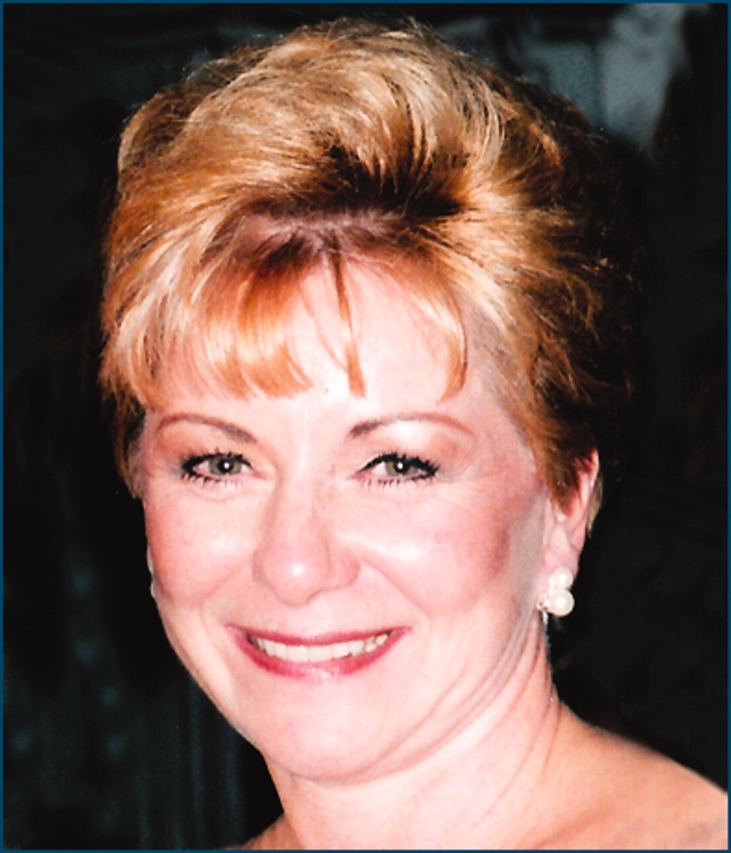Because oncologists are accustomed to timely availability of laboratory results to adjust doses of myelotoxic chemotherapy, many practices have developed in-office laboratory testing for the convenience of both patients and physicians. The physician office laboratory (POL) has been a significant feature of the oncology practice. However, eroding profitability is causing many to examine its fiscal health and explore alternatives, including outsourcing the service.
One practice that transitioned from running a POL to outsourcing is The Center for Cancer and Blood Disorders (CCBD). Based in Dallas-Fort Worth, Texas, the practice has 12 physicians and five nurse practitioners. “Outsourcing allows us to retain high-quality lab services in house, as well as gain revenue from leasing,” says Barry Russo, executive director. “It's a win-win situation.”
Before their outsourcing initiative, CCBD performed hematology analysis at each of its five locations, and performed chemistries at a centralized laboratory. As with many oncology practices, managed care forced change. By early 2003, their POL was barely breaking even and was technologically obsolete. It was time to decide: “Either go further in the red by capitalizing new equipment, or acknowledge our inability to compete on price with outside labs,” Russo explains.
Following unsuccessful attempts to negotiate higher reimbursements and an extensive internal evaluation, outsourcing looked increasingly attractive, but only if it could be guaranteed not to affect quality or disrupt continuity of care.
In July 2004, CCBD chose one of three competing clinical laboratory suppliers to handle all of its laboratory functions, based on the winning company's infrastructure, oncology patient experience, and adherence to CCBD core values. The winner's willingness to hire the majority of CCBD laboratory staff and ability to continue 15-minute turnaround on hematology analyses (mainly CBCs) helped ensure a seamless transition.
Thinking through the issues before, during, and after the transition is essential. For example, CCBD successfully avoided confusion surrounding separate laboratory billing through extensive patient education. “There is no possible way to ‘overcommunicate' when outsourcing a department,” Russo says.
Outsourcing may also offer the oncology practice new opportunities to forge valuable relationships. When CCBD's supplier outgrew its Fort Worth “STAT” laboratory (i.e., its laboratory which supplied rapid turnaround services), CCBD convinced them to move to one of their buildings. Besides gaining rental income, CCBD profits from their supplier's staff assistance with bone marrow biopsies.
For practices considering this outsourcing model, Russo suggests the following:
Establish limits on volume of outside patients the laboratory will process.
Meet regularly with laboratory management to reassess procedures and share concerns.
Treat laboratory staff as part of the practice family within the office and the community.
Figure 1.

Bruce Feinberg, MD
Atlanta, Georgia–based Georgia Cancer Specialists (GCS), with 36 oncologists, 36 mid-level practitioners, and 28 offices, considers the marginal profitability of laboratory services part of the cost of practicing quality oncology. “If we could bring an outside lab with a zero tolerance for error in house to fully serve all our locations, it would be a slam dunk,” says Bruce Feinberg, MD, GCS president and CEO. “However, this model may not be available to large multioffice practices.”
Figure 2.

Patricia A. Kaden
Outsourcing to an outside reference laboratory is another alternative, but not one that GCS would consider despite overhead redundancies from running a hematology laboratory at each location and two centralized laboratories for chemistries. “I must have reliable real-time data to determine if patients are appropriate for therapy that day,” Feinberg maintains. “Sacrificing our exquisite quality controls could easily jeopardize outcomes, and definitely creates an additional burden for patients.”
Medical Oncology Associates of Long Island, a four-physician practice based in Woodbury, New York, also intends to continue running its own laboratory regardless of profitability, but only for hematology. “We can't always trust CBC reports from outside sources, regardless of their origin, while we have complete confidence in the accuracy of our own testing,” says Patricia A. Kaden, administrator. “We stopped running in-house chemistries in the late 1990s when we could no longer compete on price, reliability, or turnaround time, and commercial insurers stopped reimbursing POLs for most testing.”
To help contain costs, Medical Oncology Associates of Long Island replaced one of three certified laboratory technologists with a phlebotomist. Also, the practice purchased a second hematology analyzer, which, by using the same reagents and controls as the original, doubles their productivity cost effectively, and ensures no down time. GCS reduced the number of days each week patients in two of their satellite locations begin chemotherapy. The practice also runs coagulations and tumor markers in house.
These suggestions can help build POL profitability:
Reassess staffing requirements.
Secure volume discounts for test materials.
Take advantage of automated technology.
Use proper coding to ensure blood-handling reimbursement.
Examples from these three practices—one that has creatively “outsourced” all of its clinical laboratory operations while retaining some measure of fiscal and clinical control, one that has outsourced some of its laboratory operations, and one that has continued its in-house operations—illustrate three separate approaches to relieving fiscal pressure. Managed care requires the oncology practice to carefully balance clinical and fiscal concerns. The availability of various outsourcing models can offer new ways to maintain laboratory services with oversight and profitability, regardless of practice size.


